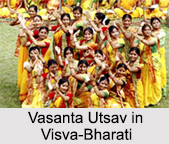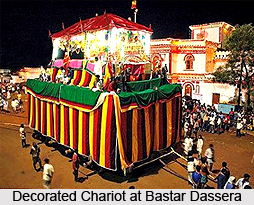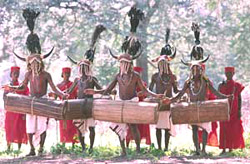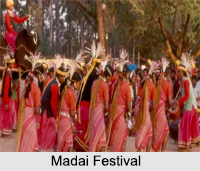It is a custom among many of the Hindus that they cremate the corpses and not bury them as it is the case with people in other parts of the world. It is said that the Parsis think that both cremation as well as burial are undesirable. For the reason they make use of the body such as built, to feed the birds of prey like vultures. In one respect the suggestion appears to be worthy of putting into practice. The best method of disposing of one`s possession is, of course, that of making it useful to men as well as others of God`s creation. This may safely be done, if the deceased do not happen to leave behind them kith and kindred, feeling keenly the irreparable loss of their dearly loved persons.
But almost all people have loving friends and relatives. Somehow they would feel more if the bodies of their dearly loved friends and relatives are exposed to be torn limb by limb and consumed by birds of prey than if they are cremated or buried. Here it is only a question of sentiment and strictly speaking all of the three modes of disposing of the dead body give equal amount of sorrow to the surviving relatives.
Anyhow, the best way of disposing of the corpse is said to be by cremation, and the reasons for this can be mentioned as.
It avoids rotting of the corpse, which pollutes percolating water reaching wells and endangering human safety by breeding dangerous microbes. Rites for the dead enjoined in the Hindu Sastras or rituals for the dead require the cremation of the corpses. If corpses are not burnt, they say that the tenants of these corpses could not reach the super physical worlds where the rites performed for the dead could benefit them.
All the Hindus cremate the corpses. But there are some exceptions. For instance, a Sanyasi if he dies, is buried and not cremated. Children below a particular age are buried and not cremated. Certain lower caste Hindus only bury the corpses and do not burn them.
The reason for this is obvious. The souls of men who have reached a particular stage in human evolution should reach a particular super-physical world after death to make progress. The rites for the dead performed by the relatives lifts them up to those levels. Sanyasis do not need the help of the living to reach such levels since by renunciation of everything worldly, they have acquired merit which could elevate them to those levels. Very young- children do not need cremation if they die, because they have had no time to develop emotions. They are also not intellect sufficiently to require the assistance of the rites for the dead performed for them by the living. They simply rise to those levels as soon as they die.
As for the burial of the corpses by the lower caste Hindus and others, it need only be said that certain customs they follow are considered enough to lift them to super-physical regions. These regions are suitable for them to remain and make progress.





